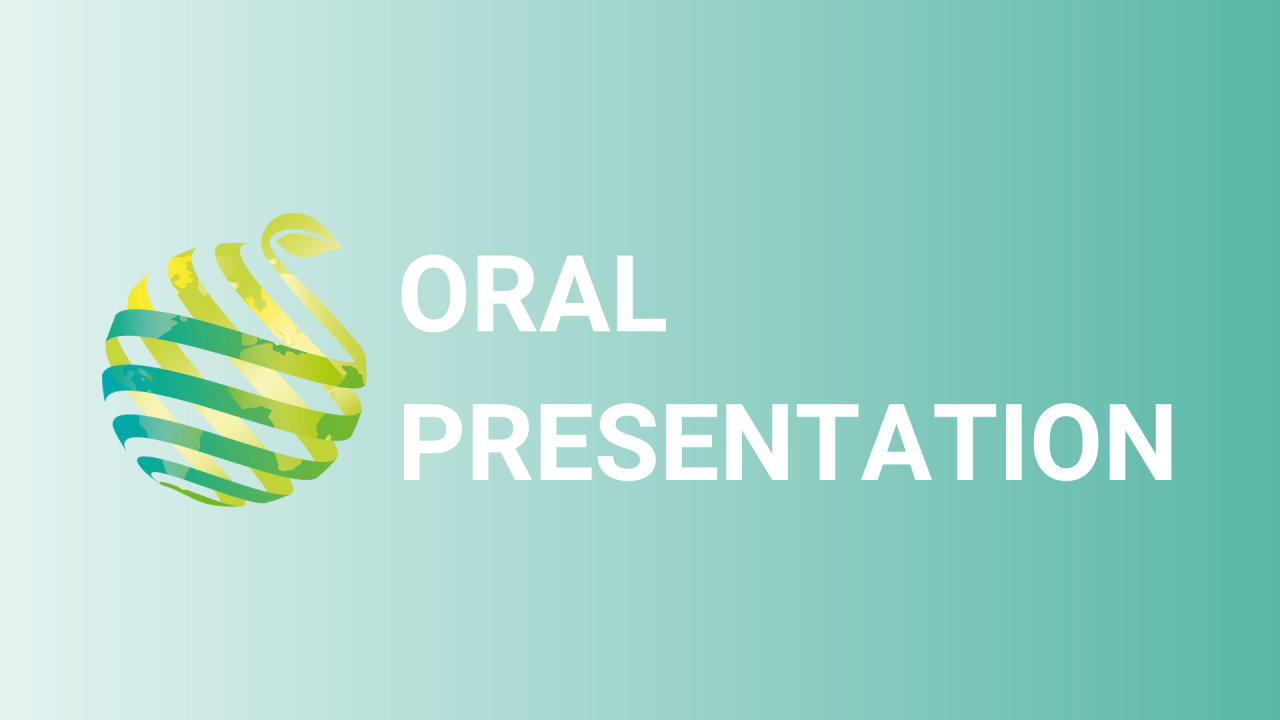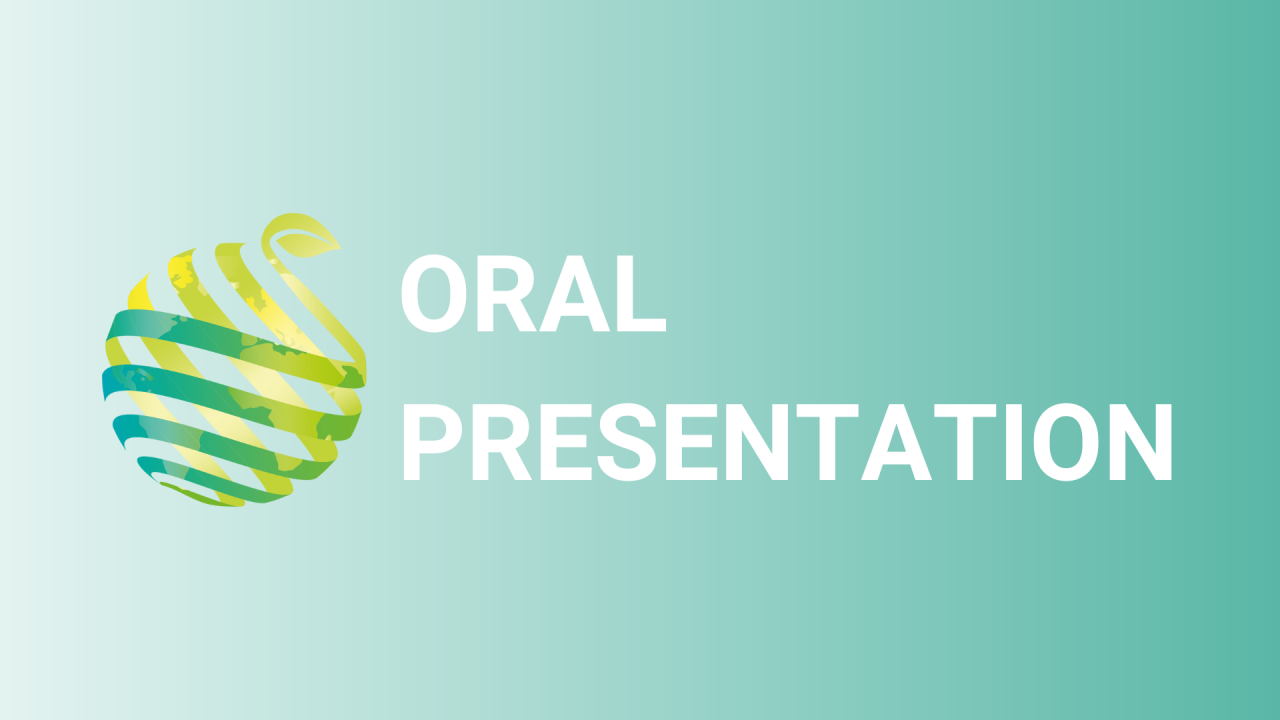

S19 - Session O2 - Effect of wild genotypes on strawberry fruit nutritional quality in UNIVPM breeding program
Information
Authors: Rohullah Qaderi *, Luca Mazzoni, Franco Capocasa, Francesca Balducci, Micol Marcellini, Valeria Pergolotti, Giammarco Giovanetti, Davide Raffaelli, Bruno Mezzetti
In recent years the lifestyle modification in modern society has put remarkable view in nutritional fruits. Among them strawberries are a very rich source of bioactive compounds (vitamin C and B9) and phenolic compounds (phenolic acids, flavonoids and anthocyanins). The nutritional properties of strawberries depend on the amount and characteristics of the bioactive and antioxidant compounds (such as polyphenols and vitamins). The effect of genotypes on fruit quality of strawberry is well known. In fact, the level of antioxidants and the total antioxidant capacity in strawberry extracts from whole fruits vary considerably among genotypes. For many strawberry breeding programs, including that from Universita Politecnica delle Marche (UNIVPM), fruit quality components have increased in importance as targets for new cultivars in recent years. To this aim, wild germplasm, which is well-known to present high phytochemicals amount and to possess strong antioxidant activity, has been included in modern breeding program, in combination with cultivated strawberry. In this study, the genetic variability that originated from five types of interspecific cross-combination (F1, BC1 back cross, BC2 back cross, BC3 back cross, and BC4 back cross of Fragaria x ananassa x Fragaria virginiana glauca at UNIVPM in the 2020 harvest season was analyzed, together with some commercial varieties, by correlating fruit nutritional parameters.The concentration of the main bioactive compounds, such as phenolic acids, anthocyanins, vitamin B9 and vitamin C, were measured in a total of 54 genotypes through HPLC-UV-FLD. Results demonstrate the high variability in bioactive compounds composition among cultivars and breeding materials, underlying the importance of including wild germplasm to increase the nutritional quality in the back crossing program. Also, results indicated the possibility to generate new cultivars producing fruit with high contents of polyphenols and vitamins, stable at the different cultivation cycles, to be labelled with a compositional claim.